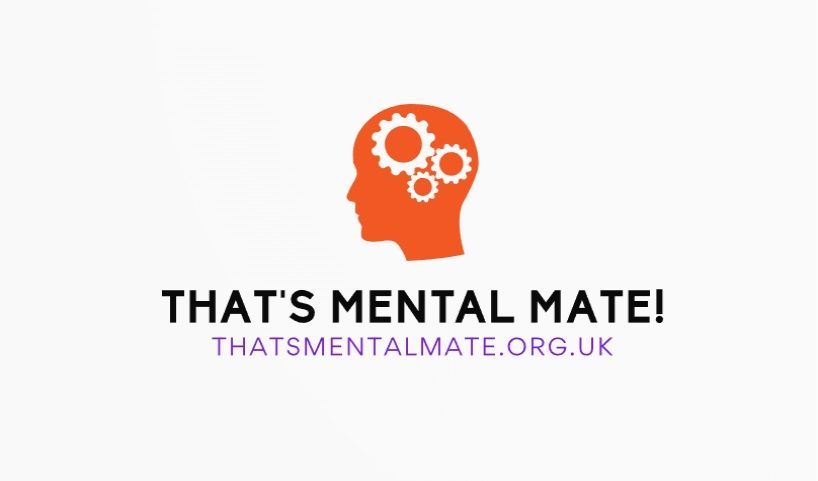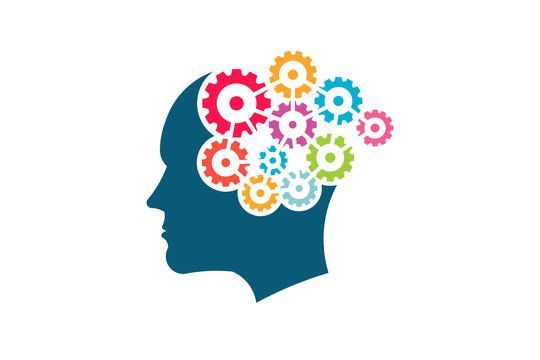Harm Reduction
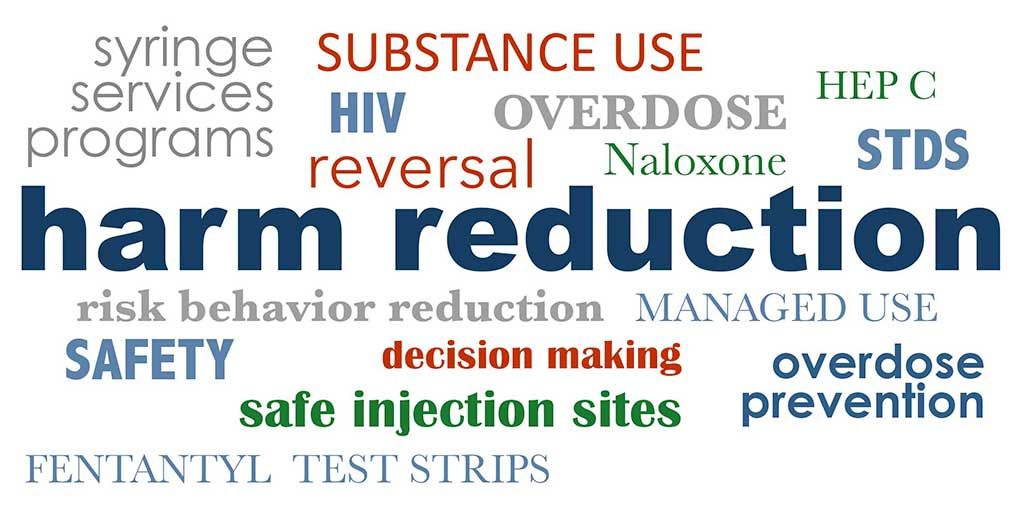
Harm reduction is a public health strategy aimed at minimizing the negative consequences associated with certain behaviours, particularly those related to substance use. Instead of insisting on complete abstinence, harm reduction recognizes that many people will continue to engage in these behaviours and focuses on reducing the risks and harm they may cause.
Key Principles of Harm Reduction:
- Pragmatism: Accepts that drug use is part of our world and chooses to work to minimize its harmful effects rather than simply ignoring or condemning them.
- Human Rights: Respects the rights of individuals who use drugs, offering them non-judgmental support and resources.
- Focus on Harms: Prioritizes the reduction of negative consequences over the cessation of drug use itself.
- Evidence-Based: Employs interventions and strategies that have been proven effective through research and practical application.
- Empowerment: Involves people who use drugs in the creation and implementation of policies and programs that affect their lives.
Examples of Harm Reduction Strategies:
- Needle Exchange Programs: Providing clean needles to prevent the spread of infectious diseases like HIV and hepatitis.
- Supervised Injection Sites: Offering a safe, hygienic place for people to use drugs under medical supervision to reduce overdose deaths and improve access to healthcare.
- Methadone and Buprenorphine Programs: Offering these medications to help manage opioid dependence and reduce the risks associated with illegal drug use.
- Education and Outreach: Providing information on safer drug use practices, overdose prevention, and how to access treatment and support services.
- Alcohol Management Programs: Helping individuals manage alcohol dependence through controlled drinking strategies, as described in the previous response.
Harm reduction does not condone or encourage drug use but seeks to provide realistic solutions to protect and improve the health and well-being of individuals and communities.
Harm Reduction Strategies for Alcohol Dependence

If you experience withdrawal symptoms such as shaking, sweating, nausea, or headache after several hours without a drink, do not stop drinking suddenly. These signs indicate a physiological dependence on alcohol, and abrupt cessation can lead to dangerous withdrawal symptoms, including seizures and hallucinations. Alcohol withdrawal can be fatal if not managed with medication.
Your goal should be to gradually reduce and control your drinking by treating alcohol like medicine. This involves spacing out your drinks to manage withdrawal symptoms. The benefits of this approach include:
- Lowering the risk of running out of alcohol and going into untreated withdrawal.
- Reducing the damage alcohol does to your body, as this is dose-related.
Steps to Control Drinking:
- Start a Drinking Diary: Record each drink and its units as you consume it. Measure your drinks if you are drinking from a bottle of spirits or wine. Unit calculators are available online or via phone apps. The % alcohol on the bottle or can indicates the amount of units per litre.
- Space Out Your Drinks: Especially in the middle of the day, while keeping your drinking stable at the start and end of the day.
- Stabilize Your Intake: Once your daily intake is stable for one week, begin to reduce it slowly. Reduce your total units per day by no more than 10%. Calculate your total daily units and determine how much to reduce each day to achieve a 10% reduction. Ideally, reduce by 10% every four days, especially if you consume more than 25 units per day. If you experience withdrawal symptoms, stabilize for one week and then cut down by 5-10% each week.
Tips to Help You Taper Your Alcohol Intake:
- Seek Support from Loved Ones: They can help measure, monitor, and store alcohol, making it easier for you.
- Switch to Lower Strength Drinks: Replace a can of high-strength lager with standard-strength lager.
- Measure Your Drinks: Be precise with your measurements.
- Dilute Your Drinks: Add water or a mixer, or alternate with soft drinks.
- Pay Attention to Your Diet: Limit sugar intake and eat brown rice and wholemeal bread, as your thiamine requirements are likely to increase.
- Take Thiamine Regularly: Ensure you take thiamine three times a day, every day.
- Stay Hydrated: Drink plenty of water.
- Seek Support: Join online AA meetings or have telephone 1:1 sessions with a keyworker.
Inform those you live with that if you experience a seizure, become confused, start to see or hear things that others cannot, develop double vision, or become unsteady on your feet, they should call an ambulance immediately.
Harm Reduction Strategies for Cocaine Use
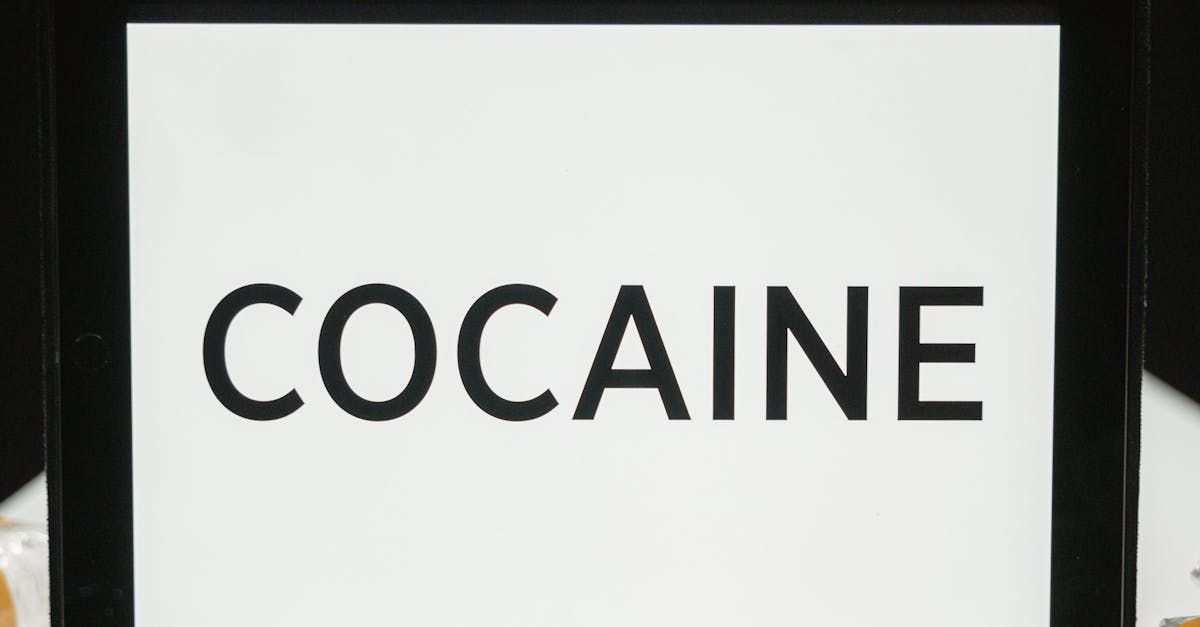
Harm reduction for cocaine use aims to minimize the negative health and social consequences associated with its use. While abstinence is the safest option, harm reduction acknowledges that many individuals will continue to use cocaine and seeks to provide safer practices and support.
Key Harm Reduction Strategies for Cocaine Use:
- Education on Safer Use:
- Avoid Mixing Substances: Mixing cocaine with alcohol or other drugs increases the risk of adverse reactions and overdose.
- Safer Administration: Snorting cocaine is generally safer than injecting or smoking it. If injecting, use clean needles and syringes to prevent infections and the spread of diseases like HIV and hepatitis.
2. Managing Dosage:
- Start with a Small Amount: Especially if the purity is unknown, to avoid accidental overdose.
- Avoid Frequent Use: Space out sessions to give your body time to recover and reduce the risk of developing tolerance and dependence.
3. Reducing Physical Harm:
- Hydration: Drink plenty of water to stay hydrated and help your body process the drug.
- Oral Hygiene: Rinse your mouth and nasal passages with water after use to minimize damage to mucous membranes.
4. Mental Health Support:
- Mindful Use: Be aware of your mental state and avoid using cocaine when feeling depressed or anxious, as it can exacerbate these feelings.
- Seek Counselling: Access mental health support to address underlying issues that may contribute to substance use.
5. Social and Legal Harm Reduction:
- Use in Safe Environments: Use cocaine in a safe, familiar setting with trusted people who can assist in case of an emergency.
- Legal Advice: Be informed about the legal risks and rights related to drug use in your area.
6. Health Monitoring:
- Regular Check-Ups: Schedule regular medical check-ups to monitor for potential health issues related to cocaine use.
- Recognize Warning Signs: Be aware of symptoms like chest pain, shortness of breath, or severe anxiety, and seek medical help immediately if they occur.
7. Support Networks:
- Join Support Groups: Engage with support groups or counselling services that can provide a non-judgmental space to discuss your use and find strategies to reduce harm.
- Peer Support: Connect with peers who can offer advice and support based on their experiences.
8. Overdose Prevention:
- Know the Signs: Recognize the signs of overdose, such as extreme agitation, chest pain, seizures, or loss of consciousness.
- Emergency Plan: Have a plan in place for what to do in case of an overdose, including having someone call emergency services.
By adopting these harm reduction strategies, individuals who use cocaine can reduce the potential for physical, mental, and social harm, improving their overall well-being while recognizing the realities of their substance use.
Harm Reduction Strategies for Injecting Drugs
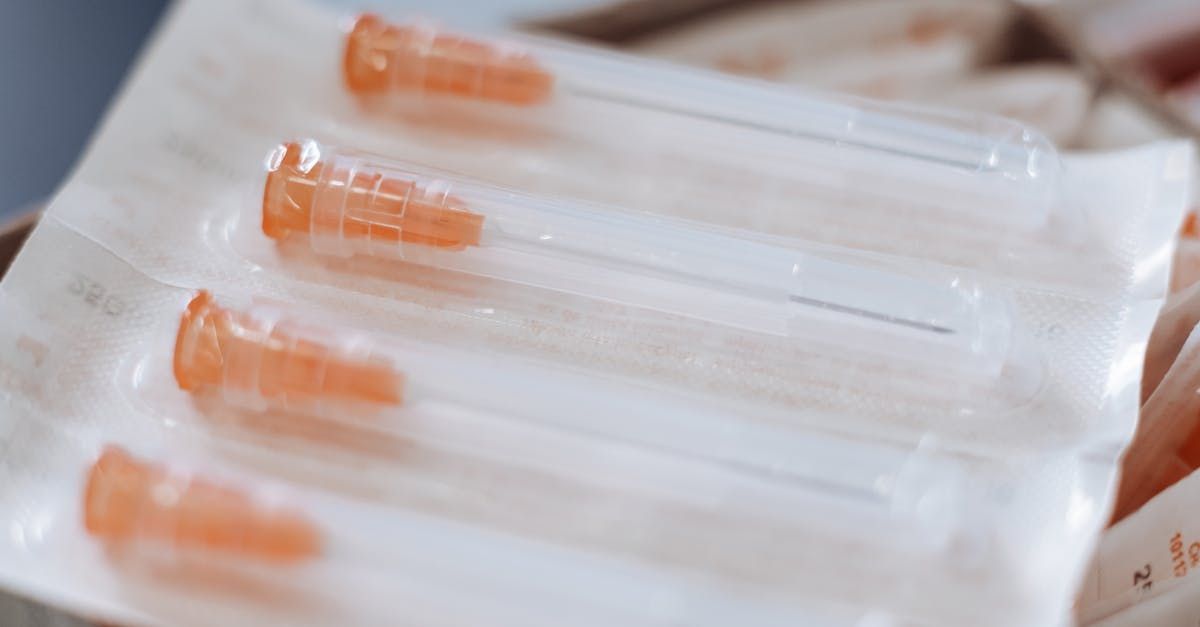
Harm reduction for injecting drugs focuses on minimizing the health risks and social consequences associated with injection drug use. The following strategies aim to protect individuals' health and provide support while recognizing the ongoing use of substances.
Key Harm Reduction Strategies for Injecting Drugs:
- Access to Clean Supplies:
- Needle Exchange Programs: Utilize needle exchange services to obtain clean needles and syringes, reducing the risk of infections such as HIV and hepatitis.
- Sterile Equipment: Ensure that all injecting equipment, including needles, syringes, cookers, cotton filters, and tourniquets, is sterile and not shared.
2. Safe Injection Practices:
- Hygiene: Clean the injection site with an alcohol swab before injecting to prevent infections.
- Proper Technique: Rotate injection sites to reduce vein damage and abscess formation. Avoid injecting into the neck, groin, or other high-risk areas.
- Avoid Reuse: Never reuse or share needles and syringes, as this increases the risk of infections.
3. Overdose Prevention:
- Naloxone Availability: Carry naloxone, an opioid overdose reversal drug, and know how to use it. Ensure that friends and family are trained in its administration.
- Start Low, Go Slow: Begin with a small dose, especially with new supplies, to avoid overdose from unknown purity or potency.
4. Health Monitoring:
- Regular Check-Ups: Schedule regular medical check-ups to monitor for infections, abscesses, and other health issues related to injection drug use.
- Recognize Warning Signs: Be aware of symptoms like fever, severe pain, or swelling at injection sites, and seek medical help immediately if they occur.
5. Drug Testing:
- Test Supplies: Use drug testing kits to check for the presence of dangerous adulterants like fentanyl, which can increase the risk of overdose.
6. Support and Counselling:
- Mental Health Services: Access counselling and mental health services to address underlying issues contributing to substance use.
- Peer Support: Engage with peer support groups where individuals can share experiences and strategies for safer use.
7. Education and Information:
- Safer Use Education: Stay informed about safer injection practices and harm reduction techniques through reliable sources and harm reduction organizations.
- Legal Rights: Be aware of your legal rights and the availability of harm reduction services in your area.
8. Social Support:
- Trusted Network: Use drugs in the presence of someone who can provide help in case of an emergency, and avoid using alone.
- Community Resources: Utilize community resources and support networks to connect with services and assistance.
By adopting these harm reduction strategies, individuals who inject drugs can significantly reduce the potential for harm, protect their health, and improve their overall well-being while continuing to engage in substance use.
